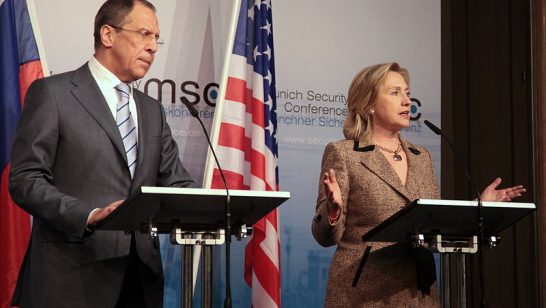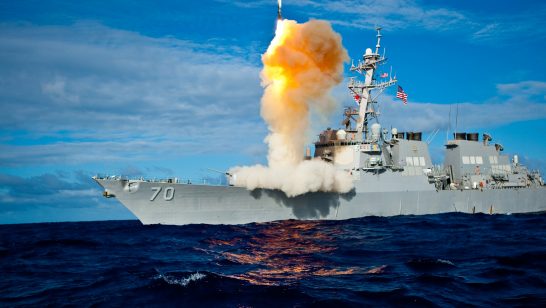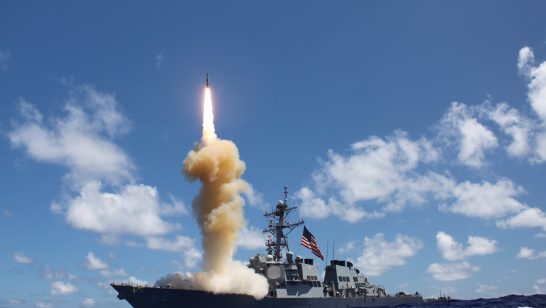
As long as the relationship between Russia and the West continues to be confrontational, the urgent task will be to stabilize and manage the confrontation. For NATO, this primarily means balancing deterrence and assurance measures to its easternmost allies without entering a new arms race.
NATO should step up its efforts to foster talks with Russia on current military threats and on arms control, possibly by seeking reconstitution of the NATO-Russia Council as a crisis management forum and mechanism for dialogue, dealing with dangerous military incidents and better communicating each side’s intentions.
As for the Intermediate-range Nuclear Forces (INF) Treaty crisis and the interlinked issue of the European missile defense, US officials should consider face-saving options to reassure Russia that Western missile defense installations have no offensive capabilities—provided that Russia convinces the new US administration that it has returned to compliance with the INF Treaty.
Over the mid- to long-term, NATO and Russia must initiate a serious and open dialogue about the two core issues at stake—the freedom and sovereignty of states to seek alliance membership and the (contradicting) Russian interest of maintaining a sphere of influence over its “near abroad.”
A well-prepared conference—akin to the 1975 Helsinki Summit, with various preceding rounds of consultations at ambassadorial level, and including the non-aligned states in Europe—might be a way to kick-start the discussion.
Read the full article in the Bulletin of the Atomic Scientists.The article is available at:
http://www.tandfonline.com/eprint/GNZuY5JZZtCyUK57M4Xp/full
The article was first published as: Ulrich Kühn, Shatabhisha Shetty & Polina Sinovets (2017): Europe’s nuclear woes: Mitigating the challenges of the next years, Bulletin of the Atomic Scientists, DOI: 10.1080/00963402.2017.1338022
The opinions articulated above represent the views of the author(s), and do not necessarily reflect the position of the European Leadership Network or any of its members. The ELN’s aim is to encourage debates that will help develop Europe’s capacity to address the pressing foreign, defence, and security challenges of our time.





